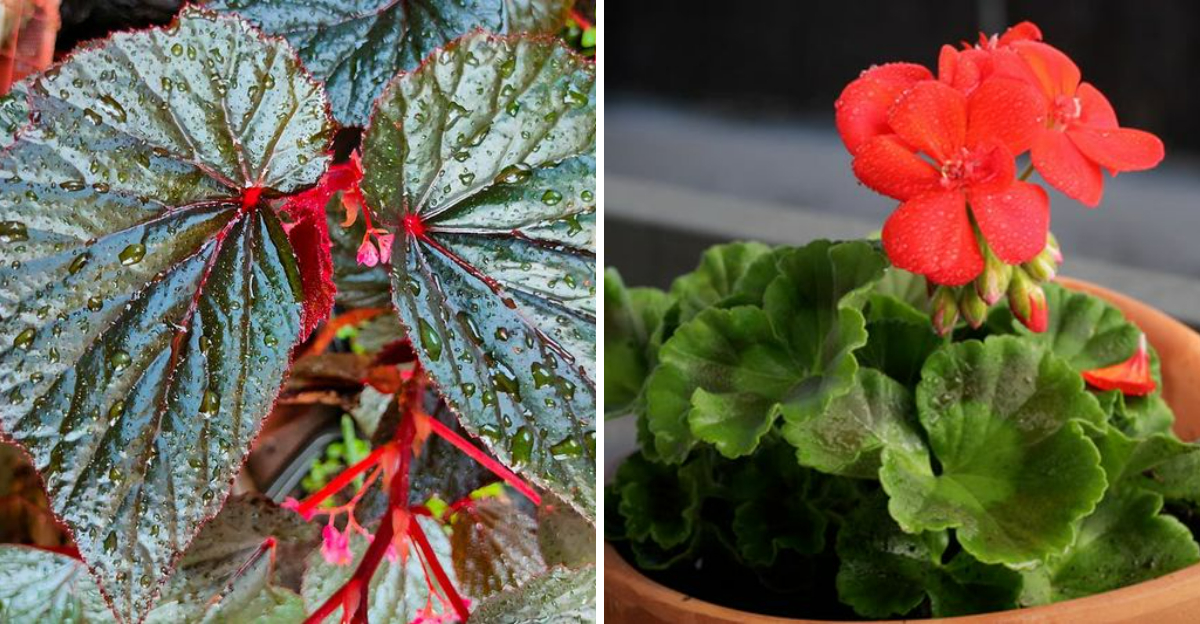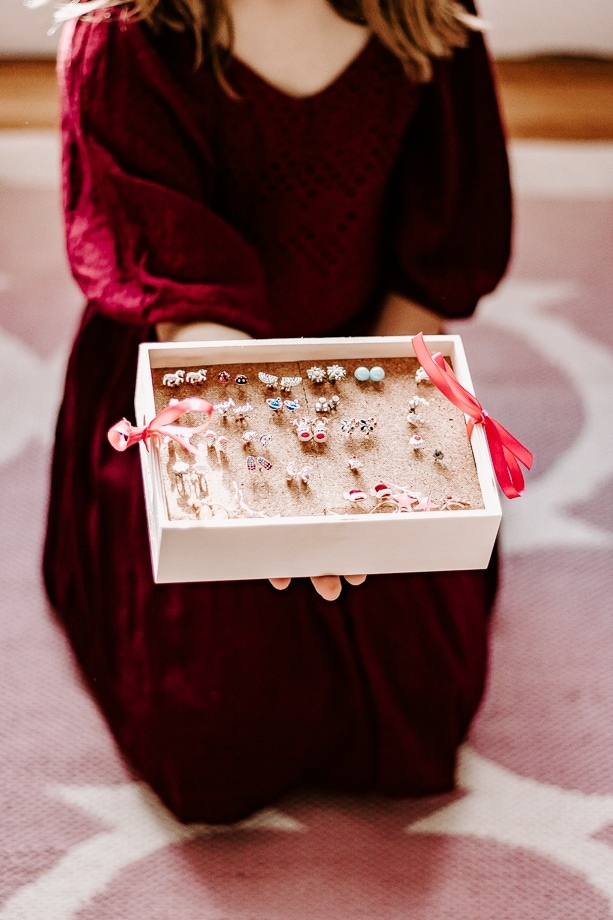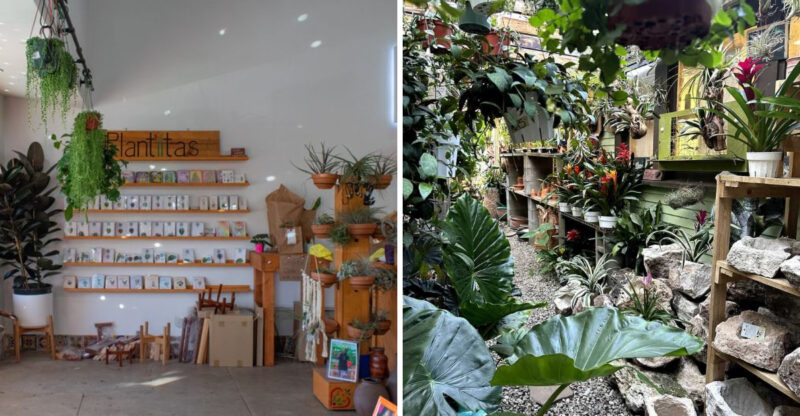10 Plants In Colorado Worth Bringing Indoors For Winter

When Colorado’s chilly winds start howling and frost blankets your garden, many outdoor plants face a tough choice: adapt or perish. But here’s the good news you can rescue your favorite greenery and enjoy their beauty all winter long inside your cozy home.
Bringing certain plants indoors not only saves them from freezing temperatures but also brightens up your living space during those long, cold months.
1. Rosemary
Your kitchen will smell absolutely amazing once you bring this fragrant herb inside for the colder months. Rosemary thrives in cool indoor temperatures and loves bright light, making it perfect for a sunny kitchen window.
Water only when the top inch of soil feels dry to the touch – overwatering is the biggest mistake people make with this Mediterranean native. Snip fresh sprigs whenever you need them for cooking, which also helps keep the plant bushy and healthy all winter long.
2. Fuchsias
These delicate dancers with their dangling blooms look almost too fancy to survive indoors, but they’re tougher than they appear. Fuchsias actually prefer cooler indoor temperatures around 60-70 degrees, which makes them ideal for Colorado homes in winter.
Give them bright indirect light and keep the soil evenly moist throughout the cold months. Mist the leaves occasionally to boost humidity, which helps prevent leaf drop. With proper care, they’ll reward you with those stunning two-toned flowers that look like tiny ballerinas!
3. Coleus
Forget boring green houseplants – coleus brings an explosion of purple, red, yellow, and green patterns that rival any flower display. I find these foliage stars incredibly forgiving and easy to grow indoors during Colorado’s harsh winters.
They prefer bright indirect light and regular watering to keep their stunning leaves vibrant and full. Pinch off flower spikes when they appear to keep energy focused on producing those gorgeous leaves. You can even propagate cuttings in water to create more plants for friends and family!
4. Begonias
Did you know begonias can bloom continuously indoors if conditions are right? These cheerful plants adapt beautifully to indoor life and add pops of color when everything outside looks gray and dreary.
Keep the soil consistently moist but never soggy, and provide indirect bright light for best flowering. Higher humidity helps them thrive, so consider placing a small tray of water with pebbles underneath the pot. Their varied leaf patterns and flower colors mean you’ll never get bored looking at them!
5. Pepper Plants
Imagine harvesting fresh peppers in January while snow piles up outside your window – that’s totally possible with a little planning! Peppers adapt surprisingly well to indoor growing if you provide enough light and warmth.
Choose compact varieties that won’t outgrow your space, and position them where they’ll get at least six hours of direct sunlight daily. Keep temperatures above 65 degrees and watch for pests like aphids that sometimes hitchhike indoors. Fresh homegrown peppers in winter taste even better than summer ones!
6. Succulents
Low maintenance meets high style when you bring your outdoor succulent collection inside before frost arrives. These water-storing champions practically take care of themselves, making them perfect for busy people or forgetful waterers.
Place them in the brightest spot you can find and water sparingly – maybe once every two to three weeks. Cold drafts near windows won’t bother most succulents since they’re used to temperature swings. Their architectural shapes and varied colors create living sculptures that enhance any room’s decor effortlessly.
7. Impatiens
Shade-loving impatiens can brighten up those darker corners of your home where other flowering plants struggle to perform. I’ve watched these reliable bloomers transition from outdoor shade gardens to indoor life without missing a beat.
They need consistent moisture and will quickly tell you when they’re thirsty by drooping dramatically – but they bounce right back after watering. Bright indirect light keeps them flowering throughout winter months. Pinch back leggy stems to encourage bushier growth and more flowers that’ll chase away those winter blues!
8. Lavender
Nothing beats the calming scent of lavender wafting through your home on a cold winter evening. While this Mediterranean herb prefers outdoor life, it can survive indoors if you recreate its favorite conditions – lots of sun and good air circulation.
Use well-draining soil and water only when completely dry, as lavender hates wet feet. A south-facing window provides the intense light it craves. Temperatures between 60-65 degrees at night help it rest properly, preparing for another beautiful blooming season when spring finally arrives.
9. Geraniums
Bright blooms and easy care make this classic a favorite among Colorado gardeners who refuse to say goodbye when temperatures drop. I love how geraniums keep flowering indoors if you give them enough sunlight – place them near a south-facing window for best results.
Before the first frost hits, dig them up carefully and shake off excess soil. Trim back any dead leaves and water sparingly throughout winter. You’ll be amazed at how quickly they perk up come spring when you move them back outside!
10. Basil
Fresh pesto in February sounds impossible until you bring your basil plants inside for winter protection. This tender annual won’t survive even a light frost, so timing your indoor move is crucial for success.
Basil demands warmth and at least six hours of direct sunlight daily – a grow light helps if natural light is limited. Water when the top inch of soil dries out and pinch off flowers to keep leaves tender and flavorful. Regular harvesting encourages bushier growth, giving you more delicious leaves for cooking all winter long!






